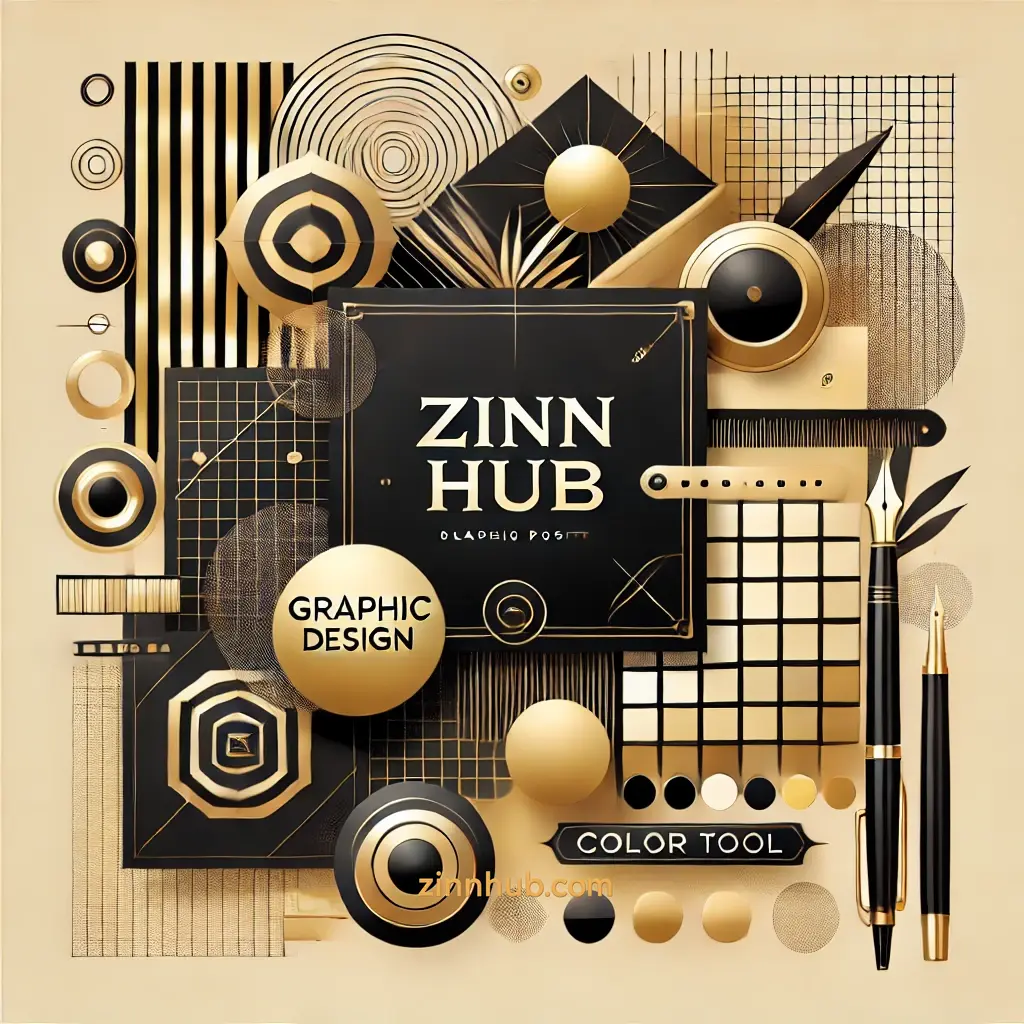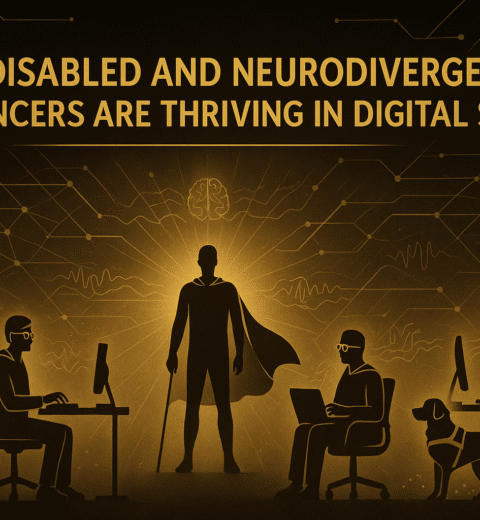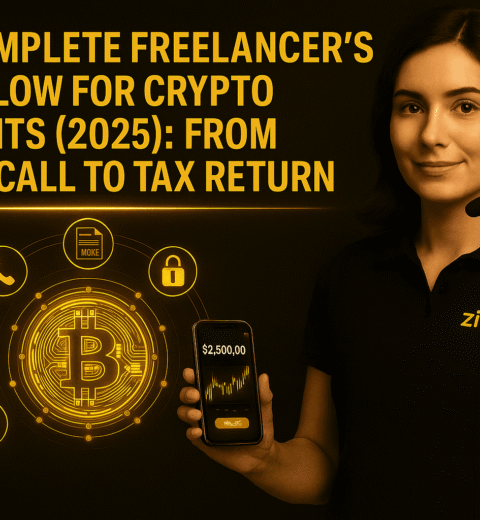Table of Contents
- 1. “Can you walk us through your design process?”
- 2. “Which design software are you most comfortable with?”
- 3. “How do you handle negative feedback or critique?”
- 4. “Can you tell us about a challenging design project and how you overcame it?”
- 5. “How do you stay up to date with design trends?”
- 6. “How do you ensure your designs are user-friendly?”
- 7. “Do you prefer working independently or as part of a team?”
- 8. “What’s your favourite project in your portfolio and why?”
- 9. “How do you manage multiple design projects with tight deadlines?”
- 10. “What makes a design ‘successful’ in your opinion?”
- 11. “How do you handle situations where the client’s vision doesn’t align with best design practices?”
- 12. “Do you have experience with branding or creating visual identities?”
- 13. “Where do you find inspiration for your designs?”
- Tips To Prepare For Your Interview
Whether you’re applying for a freelance Zinn, a creative agency, or an in-house role, graphic design interviews can be nerve-wracking, but also your best chance to show off your creative thinking and problem-solving skills. To help you stand out, we’ve compiled some of the most common graphic design interview questions along with tips on how to answer them with confidence.

1. “Can you walk us through your design process?”
Why they ask it:
They want to understand how you approach a project from start to finish and whether you have a structured workflow.
How to answer:
Describe your typical process using a project example:
“I start by understanding the client’s goals and audience, followed by researching competitors and trends. I then move into sketching or wireframing, create initial drafts, gather feedback, and revise accordingly. I always ensure designs are aligned with brand guidelines and accessible across platforms.”

2. “Which design software are you most comfortable with?”
Why they ask it:
They want to see if you’re technically proficient with the tools required for the job.
How to answer:
Mention industry-standard tools and explain your comfort level:
“I primarily work with Adobe Creative Suite—especially Photoshop, Illustrator, and InDesign. I also use Figma for UI projects and have experience with tools like Canva and Affinity Designer when speed or collaboration is needed.”
3. “How do you handle negative feedback or critique?”
Why they ask it:
Design is subjective, and clients will often have feedback. They’re checking your professionalism and adaptability.
How to answer:
Show maturity and openness:
“I see feedback as part of the creative process. I always listen to the client’s concerns, ask clarifying questions, and work collaboratively to reach a solution that meets their needs without compromising the integrity of the design.”

4. “Can you tell us about a challenging design project and how you overcame it?”
Why they ask it:
They’re testing your problem-solving, resilience, and real-world experience.
How to answer:
Tell a brief story with a clear problem, solution, and result:
“A client once changed the brand colours halfway through a campaign. I quickly adapted by proposing complementary hues that still met accessibility standards. The revised design performed even better, and the client was impressed with the flexibility.”
5. “How do you stay up to date with design trends?”
Why they ask it:
They want a designer who evolves with the industry and keeps their work fresh.
How to answer:
Share your learning habits:
“I follow platforms like Behance, Dribbble, and Awwwards. I also read design blogs and take online courses on platforms like Skillshare and LinkedIn Learning. I love experimenting with new trends in personal projects to stay sharp.”
6. “How do you ensure your designs are user-friendly?”
Why they ask it:
Usability is crucial, especially in web and app design.
How to answer:
Mention UX principles and testing methods:
“I focus on clear visual hierarchy, accessibility, and simplicity. I also gather feedback from real users or stakeholders when possible and iterate based on usability testing.”
7. “Do you prefer working independently or as part of a team?”
Why they ask it:
They’re evaluating how you’ll fit into their work environment.
How to answer:
Show flexibility:
“I’m comfortable working independently and managing my time, but I also enjoy team collaboration, especially during brainstorming and feedback sessions. Both environments help me grow in different ways.”

8. “What’s your favourite project in your portfolio and why?”
Why they ask it:
They want to gauge your passion and what type of work excites you.
How to answer:
Pick a piece that shows skill and strategic thinking:
“My favourite is a rebrand I did for a wellness brand. I loved the challenge of balancing calm, earthy aesthetics with a modern feel. It was a full-scope project—from logo and packaging to digital banners—and the brand saw a 40% engagement increase post-launch.”
9. “How do you manage multiple design projects with tight deadlines?”
Why they ask it:
They’re checking your time management and organisation skills.
How to answer:
Show your system for staying productive and organised:
“I prioritise based on deadlines and complexity, using tools like Trello or Asana to track tasks. I block time for deep work and communicate early if there’s any risk of delay. Staying organised helps me deliver consistently, even under pressure.”
10. “What makes a design ‘successful’ in your opinion?”
Why they ask it:
They want to know how you measure results-creatively and strategically.
How to answer:
Balance aesthetics with effectiveness:
“A design is successful if it achieves its goal—whether that’s engagement, conversions, or brand awareness—while also being visually compelling. I believe good design should not only look great but also solve a problem or guide the user.”
11. “How do you handle situations where the client’s vision doesn’t align with best design practices?”
Why they ask it:
This tests your diplomacy, patience, understanding and communication skills.
How to answer:
Show tact and education:
“I always start by listening to understand their vision fully. If I see potential issues, I offer alternatives and explain the reasoning behind them. I frame it as ‘enhancing their vision’ rather than ‘correcting’ it, which helps keep the relationship positive.”

12. “Do you have experience with branding or creating visual identities?”
Why they ask it:
They’re looking for full-scope design skills.
How to answer:
Talk about your branding process:
“Yes, I’ve worked on several branding projects—from logo design to brand style guides. I love crafting visual identities that reflect a brand’s personality and resonate with its target audience. One recent client saw a 50% increase in brand recall after a redesign.”
13. “Where do you find inspiration for your designs?”
Why they ask it:
They want to get a sense of your creative mindset.
How to answer:
Highlight a mix of digital and real-world sources:
“I find inspiration from design platforms like Behance, Pinterest, and Instagram, but also from architecture, nature, and even old magazines. I believe combining different influences helps keep my work fresh and less trend-dependent.”
Tips To Prepare For Your Interview
- Bring a clean, updated portfolio with a range of work (print, digital, branding, etc.)
- Be ready to explain your design decisions. Employers love to hear the “why” behind the work.
- Ask thoughtful questions. It shows genuine interest in the role and team.
- Practice beforehand. A mock interview with a friend or mentor can make a big difference.



